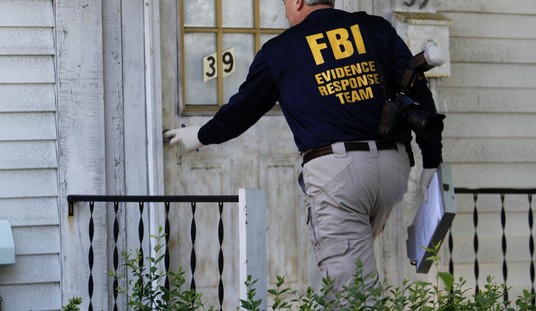When I was a kid, one of the most important times of the year was “Monster Week” on the “4:30 Movie.” I’d come home from school and ruin my eyes watching Godzilla, Mothra, Monster Zero and that flying turtle Gamera fight for truth, justice and the Japanese way. Maybe that’s why I have a weakness for movies about city-demolishing beasties.
I also have a chip on my shoulder when it comes to highfalutin cineasts deciding which films are culturally significant and which ones aren’t. Sometimes this is a legitimate judgment. While the mise-en-scene in “Weekend at Bernie’s II” is undeniably provocative, one can be forgiven for not looking too deeply for messages about the role of the proletariat therein.
Other times, the practice of declaring a film unserious or juvenile is an attempt to validate one political or artistic vision at the expense of others. When critics proclaim that a movie like, say, “Brokeback Mountain” is deeply profound, they may be right, but some of their conviction is undoubtedly drawn from the fact that they agree with its overall message.
With all that in mind, you can imagine how excited I was to see “Cloverfield,” the monster movie filling theaters across the country (warning: spoilers ahead). As many have noted, it’s sort of “The Blair Witch Project” meets “Godzilla.” A bunch of vacuous twenty-something hipster doofuses are at a party in Lower Manhattan when a critter that looks like a cross between Godzilla and a praying mantis attacks the city. The whole movie is shot from the vantage point of the most doofussy of the doofuses, who carries around a very bouncy camera and films everything that’s going on. My movie theater actually posted a sign warning that the visual effects may induce nausea or vertigo.
The film mostly succeeds in making you feel like you’re watching all of the crunching and munching unfold in front of you (the video is supposed to have been found by the military at some point in the future). The technique is less plausible than in “The Blair Witch Project” but believable enough for you to want to shout, “Turn off the dang camera and run!”
Recommended
The response from many critics, particularly Manohla Dargis in The New York Times, has been dismissive. It’s “Godzilla” for the MySpace generation and nothing more. Rightly noting the superficial insubstantiality of the hipsters, Dargis quips, “Rarely have I rooted for a monster with such enthusiasm.”
The problem with the it’s-just-a-Godzilla-movie line is that “Godzilla” wasn’t just a Godzilla movie either. The original 1954 “Gojira” — renamed “Godzilla” for American audiences — was a deeply significant film. It came out less than a decade after the bombing of Hiroshima and Nagasaki, a mere two years after the formal end to American occupation, and amidst an enormous controversy over a Japanese fishing boat damaged during American nuclear testing in the Bikini Atoll. The film conjured the imagery of WWII air raids, and it evoked the feeling of powerlessness that came with the defeat and occupation at American hands. Audiences were traumatized by the film. There’s a reason why Godzilla is the most enduring Japanese pop-culture symbol in the world, particularly in Japan. Obviously, later Godzilla movies were silly affairs, and if there’s a “Cloverfield 7: Bug-Lizard Meets Frankenstein,” that will be silly too.
But this movie is not. Self-consciously evocative of 9/11 — it’s set near ground zero — “Cloverfield” portrays self-absorbed young people who are suddenly yanked out of their comfortable lives. In the first scene where the monster is revealed, the decapitated head of the Statue of Liberty comes screaming out of the sky. That’s hardly subtle symbolism for the end of America, or at least the end of America as we know it. The military is portrayed as caring, competent and brave as it battles a monster who is, in the words of one harried soldier, “winning.”
The handheld-camera gimmick allows for a before-and-after effect in that the horror is being recorded over an old tape of the protagonist and his girlfriend on a carefree day capped by a trip to Coney Island. After the depressing denouement is captured on the tape, it reverts back for one last scene from the Age of Innocence. The young lovers are figuratively on top of the world in a Ferris wheel, talking about what a great day they’ve had.
The message of the film is that such youthful feelings of permanent bliss can be rendered an illusion in an instant. In the wake of 9/11 and with the very real possibility that the first city to be nuked after Nagasaki and Hiroshima may well be New York, that strikes me a message worth pondering, even from a “Godzilla movie.”


